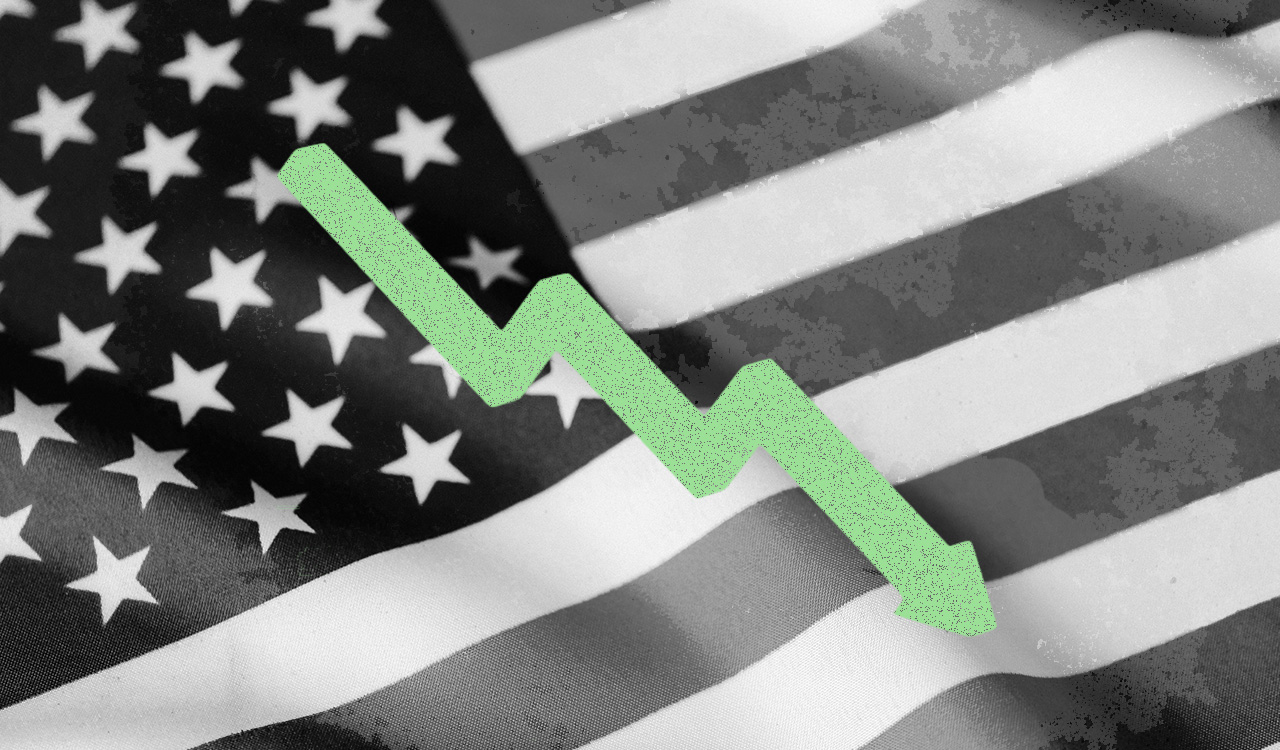The moment of truth is nearing for J.C. Penney. The struggling department store chain faces a July 15 deadline to gain lenders\’ approval for its bankruptcy reorganization plan and thereby unlock additional bankruptcy funding. Unless two-thirds of its bankruptcy lenders consent to its restructuring plan by then, J.C. Penney will be required to pursue an immediate sale of its assets. That could lead to a liquidation and the effective disappearance of this iconic brand.
J.C. Penney\’s rapid fall from relevance over the past decade, plunging mall traffic, and the general decline of the department store business model all suggest that liquidation is the right path. J.C. Penney was losing money even before the Covid-19 pandemic, which makes the prospect of a recovery in the current environment seem especially far-fetched.
Yet even though J.C. Penney has no clear place in the current retail landscape, there\’s a surprisingly high likelihood that it will survive a little while longer, simply because of its importance to stakeholders including landlords, vendors, and secured lenders.
A Business in Decline
Revenue for J.C. Penney\’s core department store business peaked just shy of $20 billion in 2007. Since then, the Great Recession, the growth of pure-play e-commerce and off-price retailers and strategic missteps by a series of CEOs led to massive erosion of the company\’s revenue base. Net sales fell to just $10.7 billion last year.
The biggest sales loss came during the disastrous tenure of former CEO Ron Johnson. While Johnson had a compelling vision for what a 21st-century department store should look like, his decision to do away with coupons and most discounts alienated J.C. Penney\’s core customers without bringing in many new ones. During fiscal 2012 (his one full year on the job), sales plummeted 25 percent, falling from above $17 billion to less than $13 billion.
[callout]A \”turnaround\” plan that doesn\’t point the way to sales growth (even from a lower base) isn\’t much of a plan. Cutting costs and boosting gross margin by managing inventory better may slow or even halt the bleeding, but such tactics won\’t return the brand to health.[/callout]
Furthermore, the epic sales declines decimated profitability. In fact, J.C. Penney hasn\’t earned a full-year profit under generally accepted accounting rules since fiscal 2010. Moreover, J.C. Penney burned more than $3.6 billion of cash in 2012 and 2013 combined, saddling it with a crippling debt load.
As a result, J.C. Penney was on the verge of bankruptcy even before Covid-19 hit. The pandemic was the final nail in the coffin. Through the first four months of fiscal 2020, J.C. Penney\’s sales plunged 61% year over year to $1.35 billion and the company logged a $755 million pre-tax loss.
Who Really Needs J.C. Penney?
The evaporation of nearly half of J.C. Penney\’s sales base between 2007 and 2019 (even before the impact of the pandemic this year) signals that the brand is running on fumes.
J.C. Penney does have decent private labels like Liz Claiborne and St. John\’s Bay and still carries goods from respected national brands including Nike, Adidas, Disney, and Levi\’s. However, despite recent efforts to reduce inventory and implement better merchandising practices, most J.C. Penney stores are still messy and stuffed with far too much undifferentiated merchandise: mainly apparel.
Historically, J.C. Penney\’s value proposition was that it offered decent-quality apparel and home goods at affordable prices. Today, there are a lot of competitors offering more compelling (and, for the most part, more convenient) takes on the same value proposition. These include discount retailers including Target, off-price giants like T.J. Maxx, value specialty stores such as Old Navy, fast-fashion retailers like H&M, and ever-present e-commerce titan Amazon.
Management has no plan to fix this issue. Excluding the 242 stores that J.C. Penney tentatively plans to close over the next 12-18 months, the company generated sales of about $9 billion last year. Under the restructuring plan published shortly after its mid-May bankruptcy filing, J.C. Penney projected that total sales would be just $9.1 billion in 2024.
A \”turnaround\” plan that doesn\’t point the way to sales growth (even from a lower base) isn\’t much of a plan. Cutting costs and boosting gross margin by managing inventory better may slow or even halt the bleeding, but such tactics won\’t return the brand to health. At best, they will put off J.C. Penney\’s day of reckoning.
Keeping J.C. Penney on Life Support
Putting off the day of reckoning could be surprisingly attractive to the stakeholders that hold power in the bankruptcy process, even if J.C. Penney lacks a compelling long-term turnaround strategy.
- Landlords have the greatest incentive to keep J.C. Penney in business. In the near term, it will be virtually impossible to backfill vacant anchor spaces in malls. While J.C. Penney doesn\’t pay much rent for the stores that it leases, anchor vacancies can trigger co-tenancy clauses that allow smaller tenants to pay less rent or even terminate their leases early. As such, a J.C. Penney liquidation would aggravate the pressure on rent and occupancy that mall owners are already experiencing. Delaying liquidation by just five years would be a big win for mall owners, as it would give them time to recover from Covid-19 and address other vacancies. As such, it isn\’t surprising to see top U.S. mall owners Simon and Brookfield looking seriously at a joint bid for J.C. Penney. Many mall owners (particularly outside of the best A malls) would probably be willing to significantly reduce the rent J.C. Penney pays (at least temporarily) to entice it to stay.
- Vendors have somewhat less at stake, but they would still prefer that J.C. Penney stays in business. Beyond the value of maintaining J.C. Penney as a distribution channel, vendors would like to avoid having their products marked down dramatically in a series of store closing sales that would likely run well into the holiday season. It will be challenging enough to maintain pricing integrity in the back half of 2020 without the added headwind of a J.C. Penney liquidation.
- Secured lenders also have a strong incentive to keep J.C. Penney operating if possible. The collateral protecting their debt consists primarily of real estate and inventory. Selling the real estate (which is mainly mall-based) would be difficult or impossible right now. The inventory also would need to be deeply discounted in a liquidation, as retail traffic is likely to remain severely depressed for the rest of 2020.
- Employees don\’t have a formal say in the bankruptcy proceedings. Nevertheless, the bankruptcy court judge may push for a reorganization plan rather than a liquidation that would lead to tens of thousands of job losses in the middle of a pandemic.
Of course, if management can\’t demonstrate a path for J.C. Penney to reach cash breakeven by next year, the bankruptcy could still turn into a liquidation. While lenders, vendors, and landlords have extra incentive to help the company survive Covid-19, that doesn\’t mean they\’ll throw good money after bad indefinitely.
Nevertheless, J.C. Penney may survive the current crisis simply because liquidation would be so painful for stakeholders right now. That\’s not a good reason to stay in business, as it just kicks the can down the road for a few years. The sad fact is that J.C. Penney\’s management doesn\’t have a credible plan to make the storied retailer relevant again, and given the company\’s extremely limited financial resources, it\’s doubtful that anyone else could do much better. J.C. Penney may survive 2020, but its lease on life is likely to last only a few extra years.




